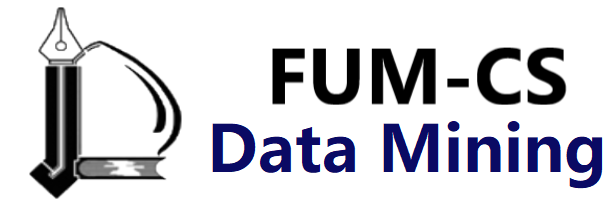Part 1: Foundation from the Python Data Science Handbook#
This initial part of the course covers the fundamental tools required for data science in Python. The content directly corresponds to the first four chapters of Jake VanderPlas’s excellent book, the Python Data Science Handbook (PDSH).
Instead of reproducing the material here, we strongly encourage you to study these chapters directly from the source. They are considered essential prerequisites for the subsequent sections of this course.
The relevant chapters -excluding chapter one - cover:
Introduction to NumPy: Understanding numerical computing with Python arrays (PDSH Chapter 2).
Data Manipulation with Pandas: Working with labeled data structures like Series and DataFrames (PDSH Chapter 3).
Visualization with Matplotlib: Creating static, animated, and interactive visualizations (PDSH Chapter 4).
You can access the full book online for free: Python Data Science Handbook (Online Version)
These chapters provide the necessary background for the core focus of our course, which begins in the next section.
Part 2: Focus on Machine Learning
The second part of this course, which constitutes our main focus, delves into Machine Learning. While we will build upon concepts introduced in Chapter 5 of the Python Data Science Handbook, the material presented here will be significantly expanded and supplemented with additional resources and more in-depth explanations to provide a comprehensive understanding of machine learning techniques and their implementation.
